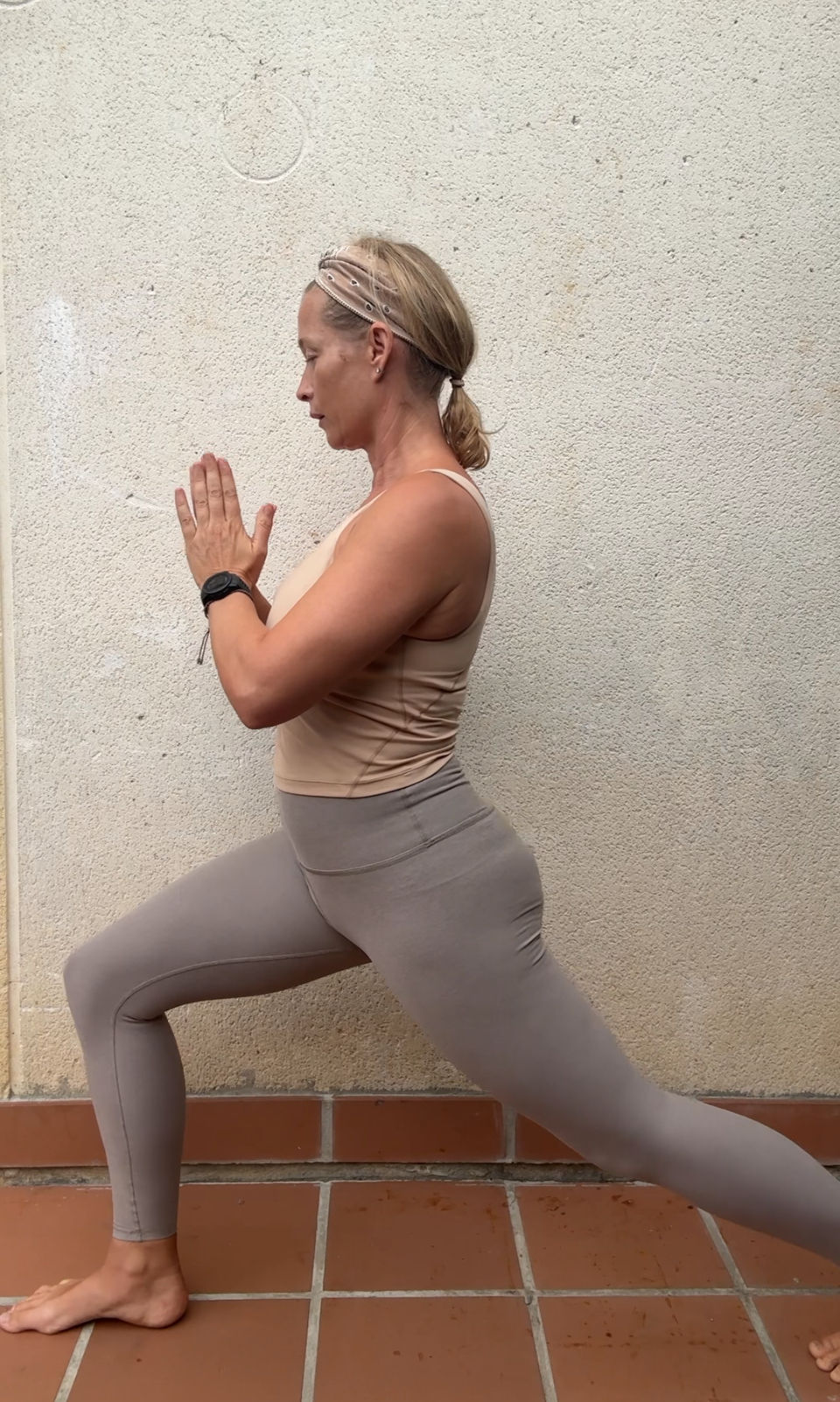Breathe in, Breathe out
- Shaini Verdon
- Nov 23, 2018
- 3 min read
Updated: Feb 26, 2019

One of the easiest ways to go inward & cultivate connection is to bring your awareness to your breath. A basic method is to focus your attention on your own breathing a practice simply called “mindful breathing.” When bringing your attention on to your breath on a day to day basis you’ll find it easier to focus attention on your breath in your daily life—which is an amazing tool to turn from in to out. Also very important it helps you deal with stress, anxiety, and negative emotions, cool yourself down when your temper flares, and sharpen your ability to concentrate.
“Breath is the vehicle of consciousness and so, by its slow measured observation and distribution, we learn to tug our attention away from external desires toward a judicious, intelligent awareness.” ~ BKS Iyengar
How to do it
The most basic way to do mindful breathing is simply to focus your attention on your breath, the inhale and exhale.
Especially when starting with this practice in the beginning it is best to find a nice quiet place where you’ll be sitting or even lying in a comfortable position. Your eyes may be open or closed, but you may find it easier to maintain your focus inward if you close your eyes. It can help to set aside a designated time for this exercise, but it can also help to practice it anytime when you’re feeling particularly stressed or anxious.
As you do so, you may find that your mind wanders, distracted by thoughts or bodily sensations. That’s okay. Just notice that this is happening and gently bring your attention back to your breath.

Find a relaxed, comfortable position. You could be seated on a chair or on the floor on a cushion. Keep your back upright, but not too tight. Hands resting wherever they’re comfortable. Tongue on the roof of your mouth or wherever it’s comfortable.
Notice and relax your body. Try to notice the shape of your body, its weight. Let yourself relax and become curious about your body seated here—the sensations it experiences, the touch, the connection with the floor or the chair. Relax any areas of tightness or tension. Just breathe.
Tune into your breath. Feel the natural flow of breath—in, out. You don’t need to do anything to your breath. Not long, not short, just natural. Notice where you feel your breath in your body. It might be in your abdomen. It may be in your chest or throat or in your nostrils. See if you can feel the sensations of breath, one breath at a time. When one breath ends, the next breath begins.
Be kind to your wandering mind. Now as you do this, you might notice that your mind may start to wander. You may start thinking about other things. If this happens, it is not a problem. It’s very natural. Just notice that your mind has wandered. You can say “thinking” or “wandering” in your head softly. And then gently redirect your attention right back to the breathing.
Stay here for five to seven minutes. Notice your breath, in silence. From time to time, you’ll get lost in thought, then return to your breath.
Check in before you check out. After a few minutes, once again notice your body, your whole body, seated here. Let yourself relax even more deeply and then offer yourself some appreciation for doing this practice today.
You can also breathe a long with this GIF as a nice tool to concentrate on your breath. Great in moments of stress when you need to calm down. Focus on the sensation of your breath in and out.



Comments